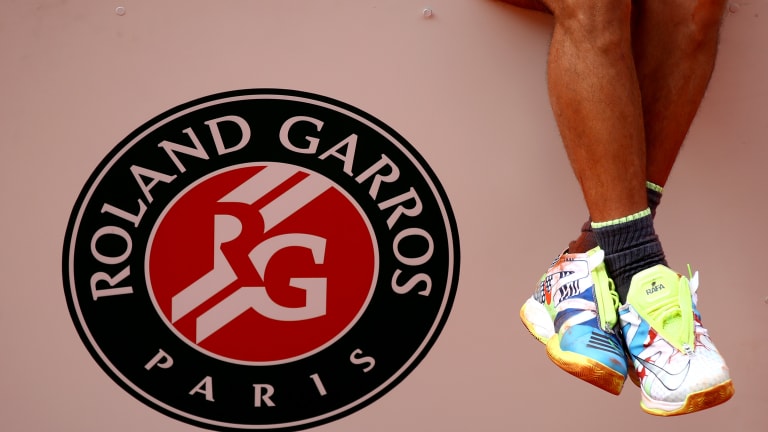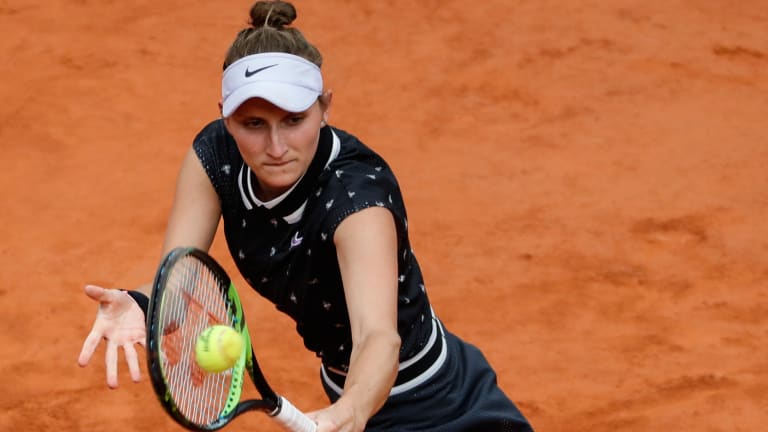Ash Barty’s smooth operation. It starts with the service motion—an easy backward rocking that leads to a wicked snap of her right arm. As with everything else about Barty’s game, she does it just the way we’re taught to do it, and she makes it a look a whole lot easier than it is. There’s something soothing about watching Barty drive one backhand and slice the next, roll one forehand and flatten out the next, rally from the baseline on one point and deftly take over the net on the next. In American football, when a quarterback is called a “game manager,” it’s an insult. To call Barty a “court manager” is a compliment of the highest degree. By winning on clay, the 23-year-old has already shown she can manage her way around any type of court.
Rafael Nadal’s dirty dozen. Nadal’s 12th title at Roland Garros was as convincing as any other. He served as well as he ever had, and volleyed even better. But it’s his competitive instincts that still set him apart. Against Thiem, he had a sixth sense for what to do at any given moment. When Thiem pushed him around the baseline at the start, Nadal responded by coming forward. When Thiem won the second set, Nadal responded by raising his game, with a flurry of winners, to a place where Thiem couldn’t follow. And on Thiem’s final two break points early in the fourth set—essentially his last stand—Rafa saved them by serving wide on the first one, and then, just when Thiem was expecting him to do it again, switching it up and going down the T on the second one.
There are a lot of things we can learn from Rafa—how to enjoy the struggle, how to avoid beating yourself, how to use the bad times to inspire the good. But there are some things you can’t teach. How to win 12 titles at Roland Garros is one of them.

